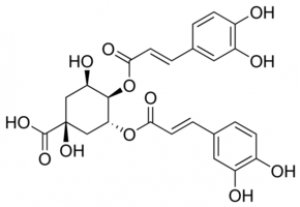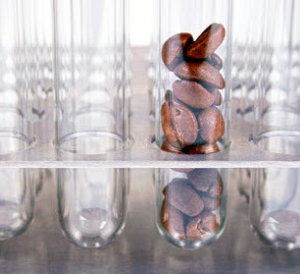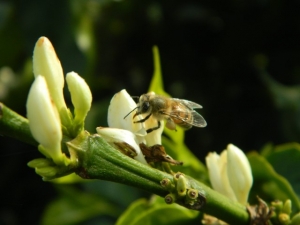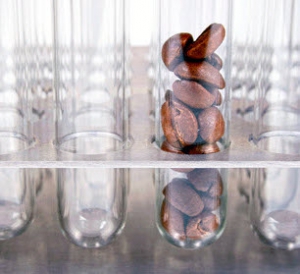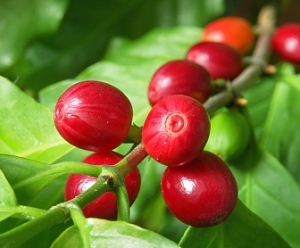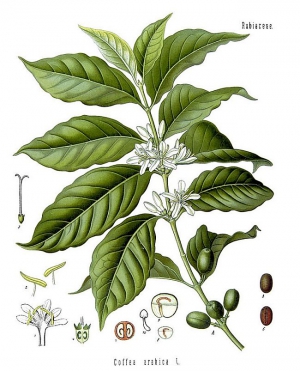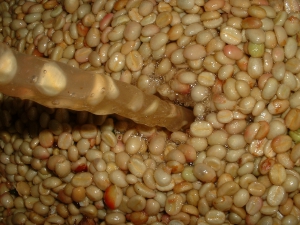Displaying items by tag: robusta
History of Colombian Coffee
Coffee was first introduced to Colombia around the same time Jesuit priests first began arriving from Europe in the mid 16th century. The leaders of Colombia tried to encouraged people to grow coffee, but they met with resistance. Worried that a coffee tree takes five years to provide its first crop, they wondered how they were going to survive during this period?
Chlorogenic Acid
Discovered in 1932, chlorogenic acids (CGA) represent a large family of esterified compounds present in green and roasted coffee. During roasting, CGA's slowly decompose to form caffeic and quinic acid with about 50% of the original CGA being destroyed in a medium roast.
The Chemistry of Organic Acids: Part 2
Last month we briefly discussed the role of chlorogenic acid (CGA) and its decomposition during roasting. This month we’ll focus in a bit more on CGA’s secondary compounds and introduce citric acid in an effort to understand its affect on overall quality.
The Chemistry of Organic Acids: Part 1
In the past two series of articles we briefly discussed a handful of important chemical components. This month we will zoom in organic acids and explore their role in flavor development in coffee.
Buzzing Bees May be Addicted to Caffeine
Think humans are the only living creatures that are hooked on caffeine? Well think again. Scientists at the University of Haifa (Israel) found that bees may actually prefer nectar traced with caffeine and nicotine over nectar without.
Growing Conditions for Coffee
Coffee has a long and varied history and historians are not exactly sure where coffee began before being spread across all part of the world. But there is strong evidence to suggest that coffee originated in the mountains region of Abyssinia, or current day Ethiopia, some over 2,000 years ago.
Protein in Coffee
In both arabica and robusta coffee, free and bound proteins account for roughly 10 to 13% of coffee’s dry matter. Since proteins are made of smaller components called amino acids - these can vary significantly within each coffee based on a number of factors.
Anatomy of a Coffee Bean
Perhaps the single most important factor in determining coffee quality is the care taken during post-harvest processing. A single mistake can have serious implications, at times, capable of spoiling en entire batch of coffee. But before we discuss the various processing methods, lets take a look at the coffee bean itself.
Differences between Arabica and Robusta Coffee
Although arabica and robusta coffee may appear similar appearance - there are a number of differences that significantly differentiate these two popular species of coffee. The following list points out a few basic differences.
Washed Processed Coffee
Once coffee has been cultivated and transported to processing stations, the next step is to remove the outer pulp from the cherry, so that the bean itself can be extracted out. By far the vast majority of the coffee processed is via the washed process, where mechanical and biochemical processes are used to remove the outer layers surrounding the coffee bean.


